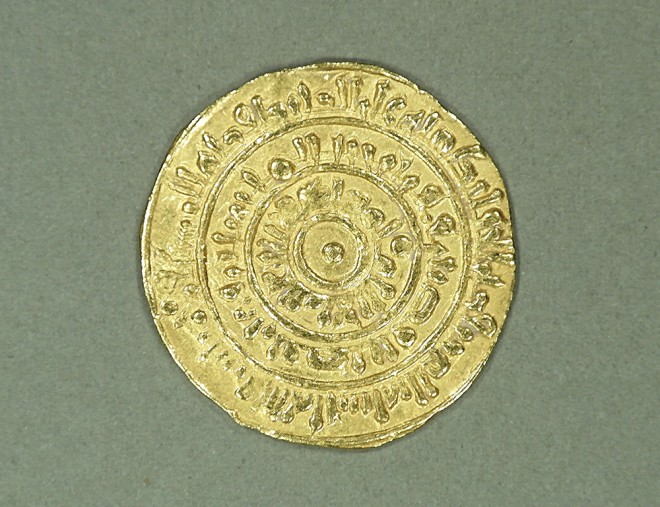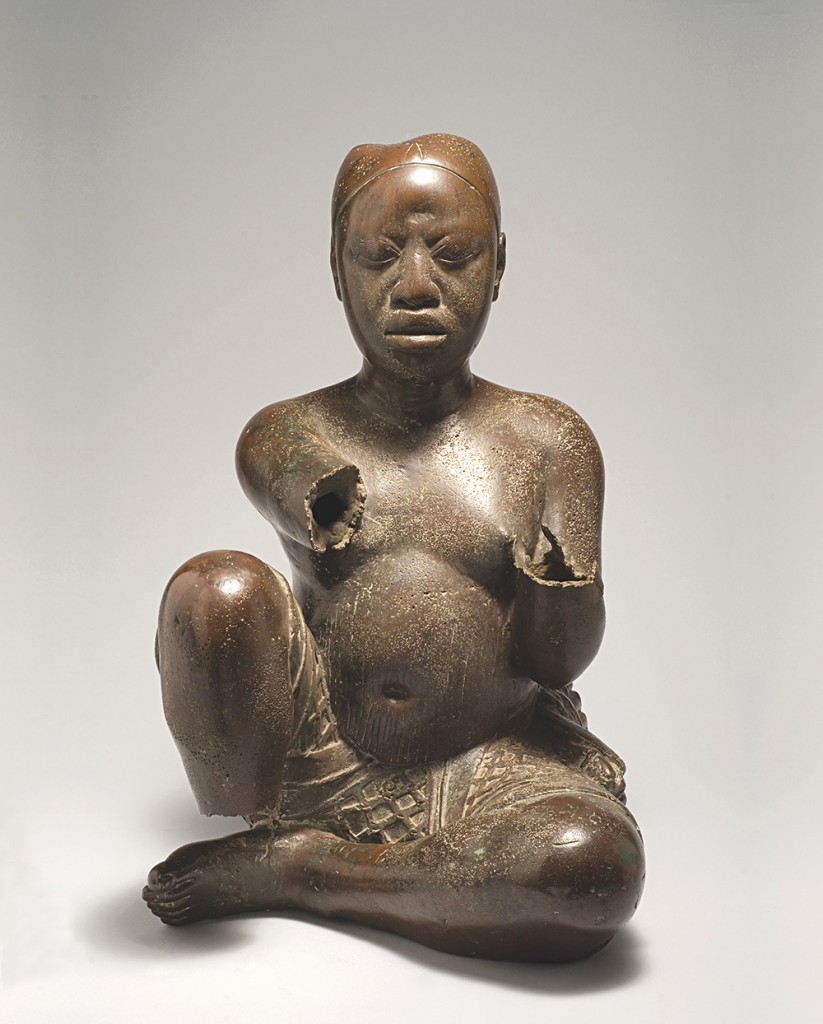The Exhibition Dedicated to the Medieval Sahara

Long before Nelson Mandela, Africa’s political enhancement, and the fight for the black culture development, one of the continent’s hallmarks was the Sahara desert – once a busy marketplace.
The Block Museum of Art at Northwestern University holds a unique exposition. This exhibition dedicated to the Medieval Sahara is designed to radically change the traditional view of the famous desert as a dead zone on the geographical and historical map of the world. Once, with the spread of Islam in this region, it was an essential route for trade caravans. It is evidenced by the finds now exhibited at the archaeological museums: gold, ceramics, glass, copper objects. The preparation of the Medieval Sahara exhibition, according to its curator Kathleen Bickford Berzock, took eight years. “It has a very rich history, about which very little is known. In the world’s art museums, African art is mostly represented by the exhibits from the time of colonialism and the slave trade,” she adds.
The exhibition dedicated to the Medieval Sahara aims to expand the historical picture of the continent through the Middle Ages, from VIII to XVI century. It is also set to show its history as an early example of globalization and multiculturalism. The Medieval Sahara exhibition includes about 250 items found during archaeological excavations in Mali, Morocco, and Nigeria. These countries are now located on the Western, Northern and Southern borders of Medieval Sahara’s trade routes.
In addition to precious pieces of African art – jewelry from the tomb in Nigeria and gold found on the shipwreck sites and illegally exported from Morocco to England – there are many more valuable artifacts. They can tell a lot about the trade relations at that time – for example, a bead from Egypt or Syria in the form of gold droplets soldered together, created in X-XI centuries. Or a piece of Chinese porcelain with a blue-green glaze from an archaeological dig in Mali dating back to X-XII centuries and indicating that the Chinese goods were already widespread at that time. Kathleen Bickford Berzock expects that looking at these fragments, visitors of the exhibition dedicated to the Medieval Sahara will be able to “use imagination” and recreate the picture of the world of that time. The artifacts of XVII-XXI centuries included in the exhibition will help them do so. “It is a controversial technique, but without it, this exhibition would not have happened,” says the curator of the exhibition.
In September, the Medieval Sahara exhibition titled “Caravans of Gold, Fragments in Time: Art, Culture, and Exchange across Medieval Saharan Africa” will go to the Aga Khan Museum in Toronto. After that, it will move to the National Museum of African Art in Washington.


